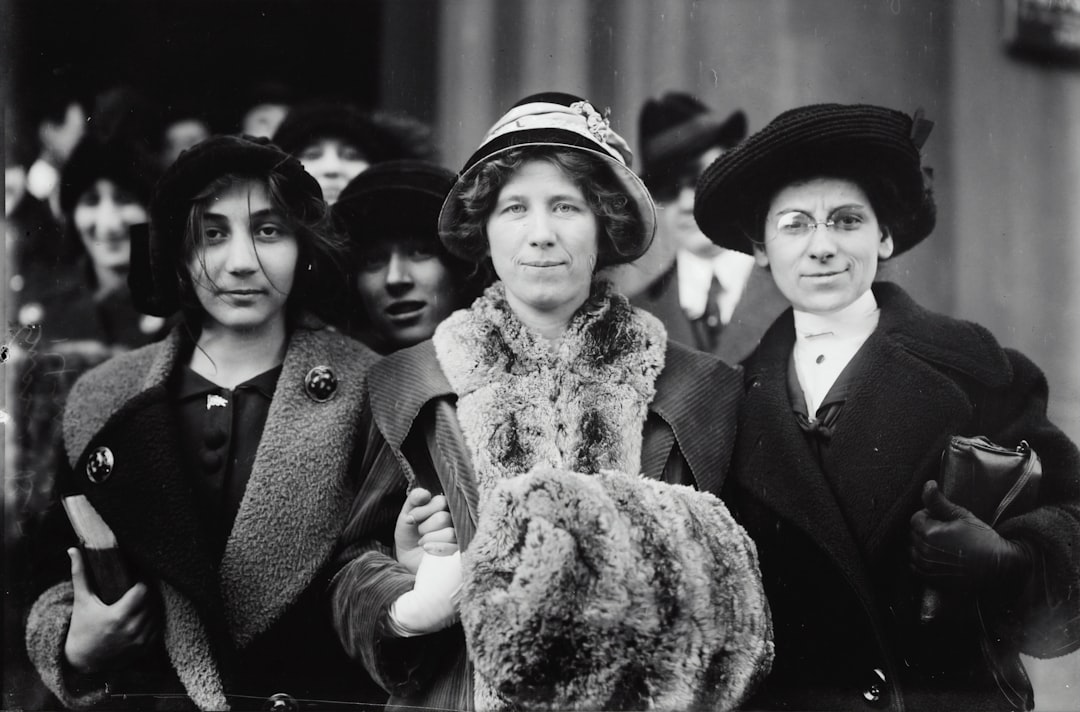What is it about?
We often consider religious and scientific claims to be in conflict. However, some 18th Century philosophers, like Christian Wolff, argued that the two cannot come into conflict. This paper looks into how Wolff treats the situations where religious and scientific claims seem to come into direct conflict, such as in the clash between Galileo and the Catholic Church.
Featured Image

Photo by Iker Urteaga on Unsplash
Why is it important?
We tend to consider scientific and religious claims to fall under separate domains that ultimately cannot get into a discussion. They can be presented as binary opposites - one is true and other is false. We also perceive the past as the one that has put more uncritical emphasis on religion. This, however, is not (universally) the case. If we familiarise ourselves with some historical discourses on the relation between religion and philosophy, we can find more nuanced and interesting discussion than might be widely available to us today.
Perspectives
I did not manage to develop this article in much detail. I have other work that goes further into Wolff and his relation between philosophical and religious judgments. This other work is less user-friendly, but more developed.
Dino Jakusic
University of Warwick
Read the Original
This page is a summary of: Heretical Geometry, Church History and Religious Culture, September 2020, Brill,
DOI: 10.1163/18712428-10002003.
You can read the full text:
Resources
Contributors
The following have contributed to this page










